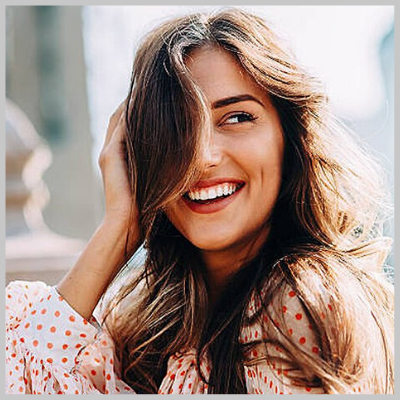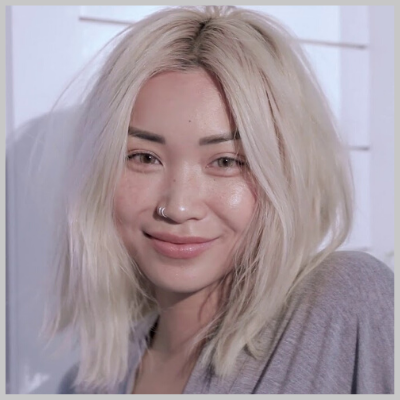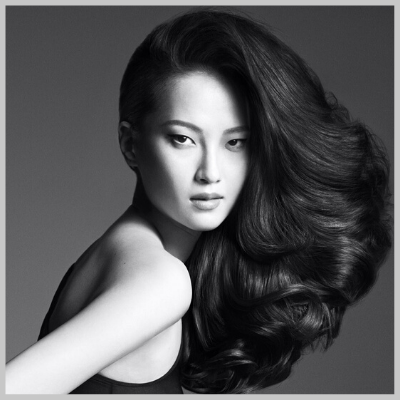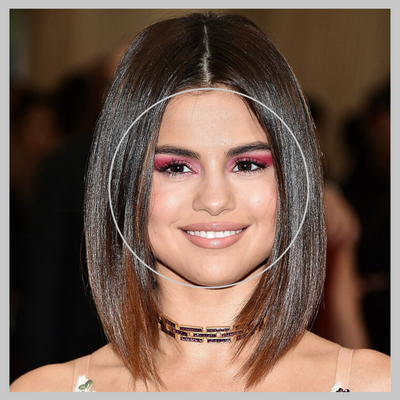
Usually the second step after cleansing, conditioners help make the hair softer and easier to manage -- and the right one can make all the difference in your hair care routine.
Rinse-out and leave-in -- you may have been faced with these two types of hair conditioners while browsing through your favorite hair care brand. While both of these basically have the same purpose, which is to nourish and detangle the hair, they also have varying uses and benefits that still make them different from each other.
Let’s compare and find out which one is more suitable for you.
What is a rinse-out conditioner?
A rinse-out conditioner, also known as a “traditional” conditioner, is what most of us are familiar with. This is applied to the ends and the midshaft of your wet and freshly shampooed hair for one to two minutes before rinsing it out with water – hence the name. This type of conditioner is used to counter the drying effect of shampoos.
Here are a few rinse-out conditioners that you may want to try:
 |
The Davines OI Conditioner: Absolute Beautifying Conditioner with Roucou Oil (P1,600) protects hair from UV radiation, heat damage from blow dryers or straighteners, or mechanical stress. Photo Credit: Davines |
 |
A powerful anti-porosity strengthening conditioner, the Kérastase Chroma Absolu Conditioner 200ml (P2,090) sublimates and hydrates hair for a soft touch, and a brighter, shinier longer-lasting hair color. Photo Credit: Cosmeterie |
 |
The L’Oréal Serie Expert Absolut Repair Gold Conditioner (P1,050) instantly nourishes and repairs your damaged hair, leaving it visibly stronger, softer, and shinier. Photo Credit: Salon 55 Hair |
What is a leave-in conditioner?
If rinse-out conditioner requires you to wash off after application, leave-in conditioner is applied to damp hair and left unrinsed. This is formulated to be more lightweight so as not to weigh your hair down. This can be used as an alternative to rinse-out conditioners, but you may also opt to use both if you have very dry and damaged hair.
To apply a leave-in conditioner on your hair, start with freshly washed, towel-dried hair. Following the guidelines on the bottle, apply an appropriate amount of leave-in conditioner on your hair. Brush or comb through your hair to detangle it, then either leave it as is or style it as desired.
Here are a few leave-in conditioners that are worth the try:
 |
Schwarzkopf BC Bonacure Hyaluronic Moisture Kick Spray Conditioner 200ml (P1,450) is a lightweight emulsion that can be distributed in an incredibly fine layer on the hair, resulting in weightless moisturizing care. Photo Credit: Indian Beauty Hub |
 |
The Wella Professionals Elements Conditioning Leave-in Spray (P990) instantly repairs and prevents keratin degeneration. Photo Credit: Wella Professionals |
 |
AVEDA Cherry Almond Softening Leave-In Conditioner 200ml (P1,700) is a lightweight leave-in conditioning spray that hydrates and replenishes hair for 72 hours while detangling and protecting from thermal styling. Photo Credit: Aveda |
Which one is better for me?
As we always say, it depends.
If you have fine or thin hair, one type of conditioner would usually suffice. However, you may find that rinse-out conditioners weigh down your hair or leave your hair feeling oilier than you prefer. If this is the case, it may be better to replace your rinse-out conditioner with a leave-in conditioner as the latter has a more lightweight formula. Switching to leave-in conditioners would provide your hair with its needed moisture boost without weighing it down.
If you have coarse, curly, frizzy, damaged, or dry hair, it may benefit you to try using both rinse-out and leave-in conditioners. These hair types usually need more moisture, and incorporating both kinds of conditioners into your routine could give your hair more smoothness and shine.
How often you will need to use it will also depend. Some hair types only need to be conditioned two to three times a week, as too much product may lead to overproduction of oil or leave your hair feeling heavy. On the other hand, some may find that using conditioners daily gives them healthier hair. The key is to observe and “listen” to your hair for answers!
Browse our wide collection of rinse-out and leave-in conditioners to figure out which one is best for your hair care needs. If you have more questions, message us for a personalized consultation.









